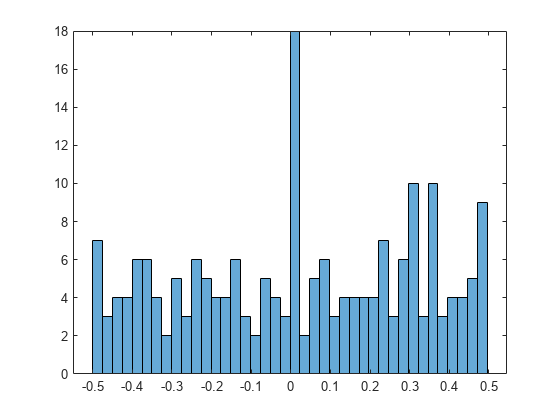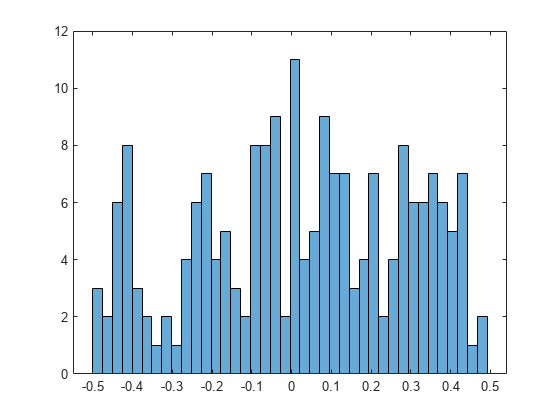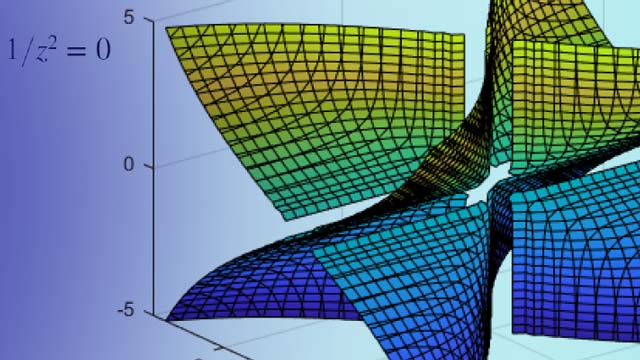Numerical Computations With High Precision
This example shows how to usevariable-precision arithmeticto obtain high precision computations using Symbolic Math Toolbox™.
Search for formulas that represent near-integers. A classic example is the following: compute to 30 digits. The result appears to be an integer that is displayed with a rounding error.
digits(30); f = exp(sqrt(sym(163))*sym(pi)); vpa(f)
ans =
Compute the same value to 40 digits. It turns out that this is not an integer.
digits(40); vpa(f)
ans =
Investigate this phenomenon further. Below, numbers up to occur, and the investigation needs some correct digits after the decimal point. Compute the required working precision:
d = log10(exp(vpa(1000)))
d =
Set the required precision before the first call to a function that depends on it. Among others,round,vpa, anddoubleare such functions.
digits(ceil(d) + 50);
Look for similar examples of the form . Of course, you can obtain more such numbers n by multiplying 163 by a square. But apart from that, many more numbers of this form are close to some integer. You can see this from a histogram plot of their fractional parts:
A = exp(pi*sqrt(vpa(1:1000))); B = A-round(A); histogram(double(B), 50)

Calculate if there are near-integers of the form .
A = exp(vpa(1:1000)); B = A-round(A); find(abs(B) < 1/1000)
ans = 1x0 empty double row vector
It turns out that this time the fractional parts of the elements ofAare rather evenly distributed.
histogram(double(B), 50)


